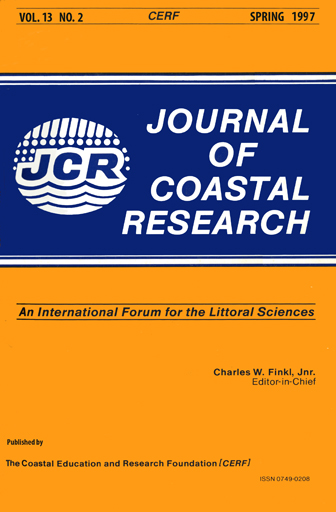Growth Response of Six Tropical Dune Plant Species to Different Nutrient Regimes
Keywords:
Tropical dunes, dune plants, plant nutrition, growth responses, plasticity, infertile habitatsAbstract
This paper reports the result of an experiment performed with six tropical dune species subjected to different nutrient regimes during 90 days in a greenhouse. Three species are characteristic of beach areas of central Gulf of Mexico (Ipomoea pes-caprae, Canavalia rosea and Palafoxia lindenii) while the other three occupy mobile and semi-mobile inner dunes (Chamaecrista chamaecristoides, Trachypogon gouini and Schizachyrium scoparium). The nutrient treatments were: 1) no nutrients, 2) nutrient rich, 3) predictable nutrient pulses, and d) unpredictable nutrient pulses. Plants grown in the absence of nutrients had smaller dry weight, leaf area, and relative growth rate than plants in the nutrient rich treatment. Nutrient scarcity resulted in a greater biomass allocation to roots than to aerial tissue. Plants subjected to nutrient pulses showed an intermediate response between the two other treatments, though pulse predictability had no significant effect on the growth variables measured. Species from the beach showed slower relative growth rates but more plasticity in their biomass allocation pattern (root/shoot ratio) than species from the inner dunes. All species are slow-growing and generally show growth responses characteristic of plants from infertile habitats. However, they show some phenotypic plasticity that enables them to respond to increased nutrient availability.


